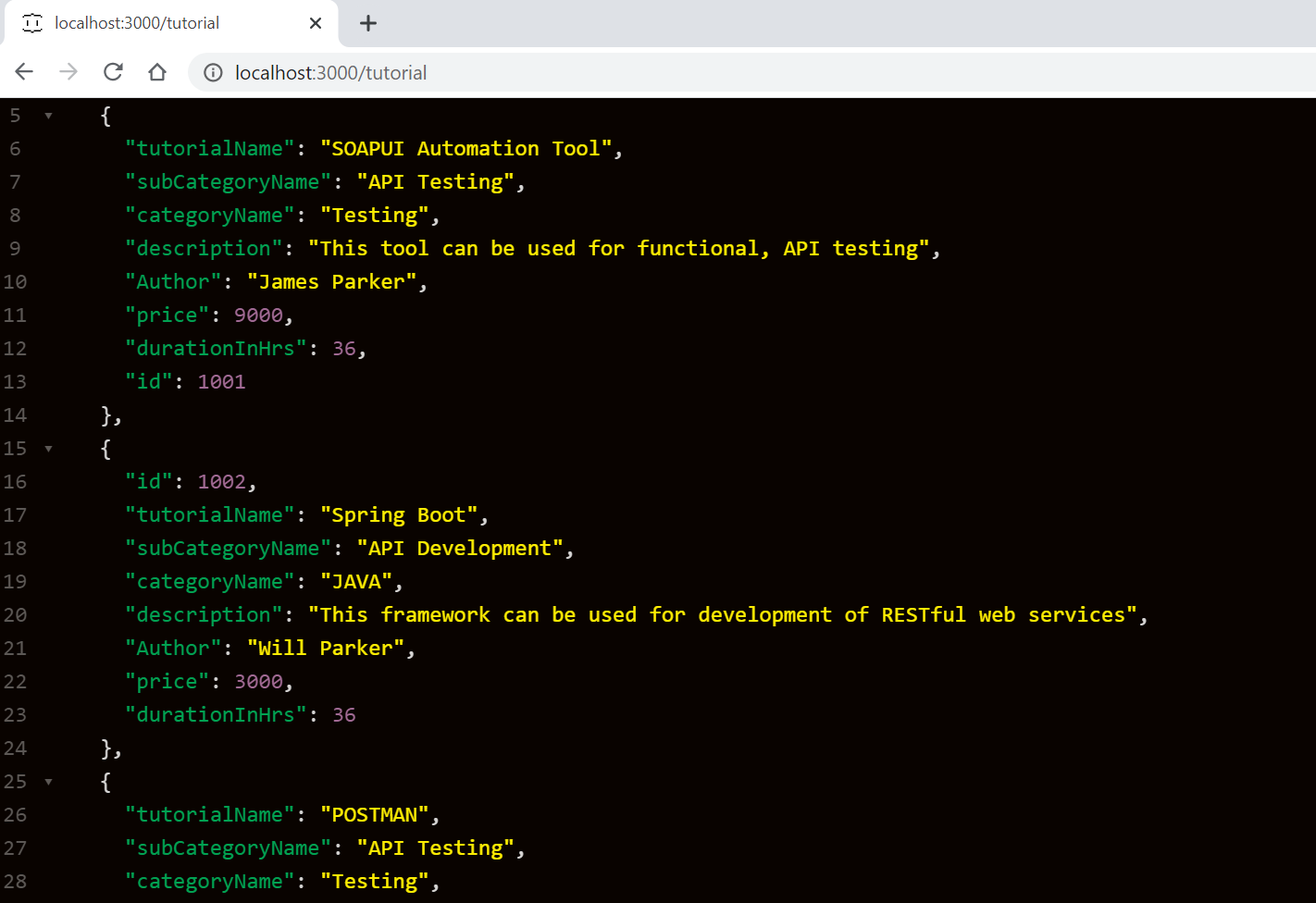APIs (Application Encoding Interfaces) have come to be an essential part of modern software advancement, allowing different devices to communicate with each other seamlessly. Python, with their simplicity and powerful libraries, is an excellent choice with regard to building APIs. Flask, a lightweight net framework, is particularly well-suited for producing Relaxing APIs. In this article, we’ll guide you step by step through the process of building your current first API employing Flask.
What is usually Flask?
Flask is a micro-framework regarding Python, created to be simple and simple to work with while offering the flexibility to size up for larger software. It is widely employed for webdevelopment in addition to API creation credited to its humble approach, allowing developers to pay attention to core operation without unnecessary intricacy.
Key Features regarding Flask:
Lightweight plus modular style
Quick integration with assorted plug-ins
Built-in development hardware and debugger
Relaxing request dealing with
Getting Started
Prerequisites
Before beginning, ensure you have got the following installed on your technique:
Python 3. x
pip (Python deal manager)
To set up Flask, open up your terminal and run:
gathering
Copy signal
pip install flask
Stage 1: Setting Up Building your project
Create a new new directory for your project, and inside it, generate a Python record (e. g., app. py). This is typically the main file in which you’ll write typically the API code.
Stage 2: Developing a Fundamental Flask Software
Begin by importing Flask and creating a case of the Flask class:
python
Duplicate signal
from flask import Flask
app = Flask(__name__)
@app. route(‘/’)
def home():
return “Welcome in order to your first Flask API! “
when __name__ == ‘__main__’:
app. run(debug=True)
Description:
app = Flask(__name__): Creates a Flask application instance.
@app. route(‘/’): Defines the route for the root URL.
software. run(debug=True): Starts the particular development server with debugging enabled.
Run the file applying:
bash
Copy code
python app. py
Navigate to http://127.0.0.1:5000/ in your internet browser to see typically the welcome message.
Step three: Adding API Endpoints
Let’s add more functionality by generating endpoints for a new sample “to-do list” API.
Define typically the Data
We’ll employ a simple Python list to retail store our to-do products:
python
Copy signal
todos = [
“id”: 1, “task”: “Learn Flask”, “done”: False,
“id”: 2, “task”: “Build an API”, “done”: False
]
GET Endpoint
Add an endpoint to retrieve all to-do items:
python
Copy code
@app. route(‘/todos’, methods=[‘GET’])
def get_todos():
return “todos”: todos, 200
POST Endpoint
Allow users to increase a new to-do item:
python
Duplicate code
from flask import request
@app. route(‘/todos’, methods=[‘POST’])
def add_todo():
new_todo = get. get_json()
todos. append(new_todo)
return “message”: “To-do added successfully!”, 201
PUT Endpoint
Revise an existing to-do item:
python
Duplicate program code
@app. route(‘/todos/
def update_todo(todo_id):
for absolutamente todo in todos:
if todo[‘id’] == todo_id:
en absoluto. update(request. get_json())
return “message”: “To-do updated successfully!”, 200
return “error”: “To-do not found”, 404
REMOVE Endpoint
Delete a new to-do item:
python
Copy code
@app. route(‘/todos/
def delete_todo(todo_id):
worldwide todos
todos = [todo intended for todo in todos if todo[‘id’]#@@#@!!! = todo_id]
return “message”: “To-do deleted successfully!”, two hundred
Step 4: Testing Your current API
You may test your API using tools like Postman or crimp commands. Here are usually some examples:
Get To-dos
bash
Duplicate code
curl -X GET http://127.0.0.1:5000/todos
Include a New To-do
bash
Copy code
snuggle -X POST -H “Content-Type: application/json” -d ‘ “id”: 3, “task”: “Deploy the API”, “done”: false ‘ http://127.0.0.1:5000/todos
Update a new To-do
bash
Duplicate code
curl -X PUT -H “Content-Type: application/json” -d ‘ “task”: “Learn Flask Basics”, “done”: true ‘ http://127.0.0.1:5000/todos/1
Delete a To-do
bash
Copy computer code
curl -X DELETE http://127.0.0.1:5000/todos/2
Step a few: Enhancing the API
Here are a few ways to be able to enhance your API:
Input Validation: Work with libraries like marshmallow to validate inbound data.
Database The usage: Replace the in-memory list with a new database like SQLite or PostgreSQL.
Authentication: Add API essential or token-based authentication for security.
Mistake Handling: Implement custom error messages and status codes.
Paperwork: Use tools prefer Swagger or Postman to document the API.
Bottom line
Building an API using Flask is a straightforward process that provides the flexibleness to scale otherwise you application grows. This step-by-step guide should help you recognize the fundamentals associated with creating an API, from setting upward endpoints to screening functionality. As a person gain experience, a person can explore heightened topics like database integration, asynchronous control, and deploying your own API to a new cloud service.
read here that you’ve created your first API, the possibilities are endless. Happy coding!